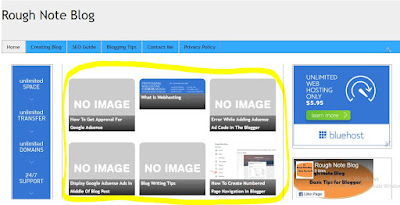How can I Better Protect the Passwords Stored in Chrome?
How can I Better Protect the Passwords Stored in Chrome?
When a hacked sites tries to scam your passwords and other sensitive information in the wake of Google Chrome stores passwords for all websites and other google accounts that means In any case if you forgot the Password related to any login google account then you can get password by entering the password of the machine in Chrome. This you may find drawback of Chrome. Because of it ,How can you better protect the passwords stored in Chrome? let us see the Chrome integrated security protections and its expanding protections.
Some one raised the below questions.
If someone accesses your computer or phone, they may already have a computer password and can access all your accounts. This is a huge security risk.
Why not protect this critical step well? For example, to access Chrome-Stores passwords through a special password or a two-factor authentication mechanism?
Warnings about compromised passwords
Google introduced password infringement notices as a password-checking extension earlier this year.
You will only find out if your username and password have been compromised. If they are compromised, Chrome will notify you and we strongly recommend that you change your password.
Whenever Google detects a username and password exposed by another company's data breach, we store an encrypted and hashed copy of the data on our servers with a secret key known only to Google.
When you access a website, Google sends a hashed copy of your username and password to Google, encrypted with a password known only to Chrome. Nobody, including Google, will get your username or password from this encrypted copy.
To find out if your username and password will appear in a violation, Chrome use the Private Set Intersection, a blinding technology that has multiple encryption sets.
How can Chrome Better Protects Your Chrome passwords
Chrome will notify you when your enter password on any site
When you type your credentials on a website, Chrome will notify you if your username and password are compromised in a data breach on some sites or apps.
Google introduced the technology as a password checkup extension earlier this year. In October, it became part of your Google Account Password Checker, where you can scan your saved passwords at any time. Now it has been developed to provide alerts when you are browsing the web in Chrome.
You can check it in Sync and Chrome settings on Google services.
Real-time fishing protection
Google Safe Browsing maintains an ever-growing list of unsafe sites on the web and shares this information with webmasters or other browsers to make the web safer. The list updates every 30 minutes, protecting over 4 billion devices every day from all types of security threats, including phishing.
However, some phishing sites slip through that 30-minute window, quickly changing domains or hiding from our crawlers. Chrome now offers real-time anti-phishing protection on the desktop, which alerts you when you visit malicious sites in 30 percent of cases. We first distribute this protection to everyone with the "Search and browse" setting enabled in Chrome.
Expansion of Predictive Fishing Protections
Predictive Phishing Protection alerts you if you sign in to Chrome and enter your Google Account password on a site Chrome suspect is phishing. This protection has been in effect since 2017 and today chrome is expanding this feature further.
Chrome will now protect your Google Account password when you sign in to Chrome, even if sync isn't enabled. Additionally, this feature now works with all passwords stored in Chrome's password manager. Hundreds of millions of users now benefit from the new alerts.
It's now easy to determine for whom you're using the Chrome profile
Chrome understand that many people share their computers or use multiple profiles. To make sure you always know what profile you are currently using, for example, when creating and saving passwords with Chrome's Password Manager, we have improved the way your profile is featured.
On the desktop, you'll see a new visual representation of the profile you're currently using, so you're guaranteed to store your passwords in the right profile. This is a visual update and does not change your current sync settings. We've also updated the look of the profile menu: it now lets you switch easily and clearly shows whether you're signed in to Chrome.
Why should you block or disable the Google Chrome Software Reporter tool? The main reasons are listed below.
This consumes a lot of memory and causes high CPU usage and disk usage issues.
This will slow down your computer and crash other programs.
It sends a scan results report to Google without worrying about your privacy.
You may be a user of different browsers, and if it's on your system, sometimes you need to enable and disable JavaScript in your browser, but how to do it? Here is a detailed procedure to activate or deactivate your browser's JavaScript.
Sometimes, you don't have to show the world what you've done in Chrome, in which case you can delete unwanted browsing data stored as cookies in cache and chrome, see how to clear cache and cookies in Chrome.
More Tips:
Password ,chrome ,google ,username ,url ,phishing ,safe ,protections ,passwords ,compromised .









Comments
Post a Comment